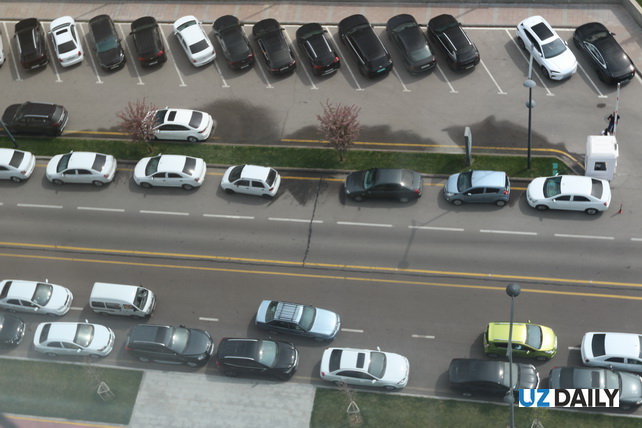
Uzbekistan to Gradually Phase Out Obsolete Vehicles
Uzbekistan to Gradually Phase Out Obsolete Vehicles
Tashkent, Uzbekistan (UzDaily.com) — Sherzod Ibragimov, Head of the Road Safety Service under the Public Security Department of the Ministry of Internal Affairs, has announced that legislative changes are being prepared to initiate a phased withdrawal of technically and morally outdated vehicles. He shared this information during an interview with the “Uzbekistan 24” TV channel following a presidential meeting held on 9 July.
“Our proposals received the support of the esteemed President. A dedicated area of work will be established to address vehicles that have been in use for an extended period and no longer meet modern technical standards. We will introduce the necessary amendments to existing legislation in collaboration with members of the Senate and Legislative Chamber of the Oliy Majlis to ensure tangible outcomes,” Ibragimov stated.
The initiative was also endorsed by Legislative Chamber deputy and leader of the Democratic Party "Milliy Tiklanish", Alisher Kadirov. He called the withdrawal of vehicles aged 40 to 50 years a step in the right direction and proposed lowering the age threshold to 25–30 years, provided that accessible and practical vehicle replacement mechanisms are created for the population.
As previously reported, under Uzbekistan’s strategy to improve environmental standards and transport safety, restrictions will gradually be introduced by 2030 in Tashkent, Nukus, and regional centers on the use of vehicles that do not meet Euro-5 or higher emissions standards.
During the meeting, President Shavkat Mirziyoyev emphasized that road safety requires an urgent and comprehensive approach. According to him, an average of six people die daily in road accidents across the country, with one in every four accidents resulting in fatalities. The President also shared his personal experience, saying that he recently drove in Tashkent and encountered a severe traffic jam: “I myself was stuck for 15–20 minutes, just like everyone else. No one knew who was behind the wheel. This was a clear demonstration of the city’s traffic issues.”
One practical step to enhance safety will involve the more efficient use of resources from the “Safe Roads and Safe Pedestrians” Fund. These funds will be allocated toward eliminating high-risk road sections — including the installation of lane dividers, pedestrian crossings, and upgrades to street lighting and traffic signals.
In addition, an online feedback mechanism will be launched, allowing citizens to propose specific road areas in need of improvement.